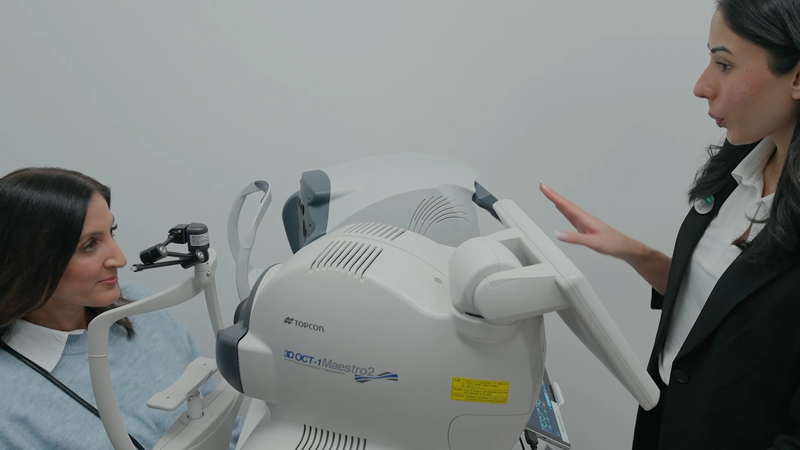As wildfire season intensifies across Canada, millions of residents are experiencing not just hazy skies, but increasingly uncomfortable eye symptoms. The microscopic particles suspended in smoke are creating what ophthalmologists describe as a “silent crisis” for eye health nationwide.
“We’re seeing a dramatic spike in emergency eye care visits,” explains Dr. Amrita Singh, chief ophthalmologist at Toronto General Hospital. “Many Canadians dismiss their symptoms as minor irritation, but prolonged exposure to wildfire smoke can lead to more serious conditions that may affect vision temporarily or even permanently.”
Health Canada has recorded a 37% increase in reported eye discomfort cases in regions affected by wildfire smoke this season compared to previous years. The fine particulate matter measuring less than 2.5 micrometers—smaller than a human hair—easily bypasses the eye’s natural defenses, causing inflammation of the conjunctiva, the thin membrane covering the eye.
Common symptoms include redness, burning sensations, excessive tearing, and blurred vision. For contact lens wearers, the risks are heightened as particles can become trapped between the lens and eye surface, potentially causing corneal abrasions.
Those with pre-existing conditions like dry eye syndrome or allergic conjunctivitis face even greater challenges. “Wildfire smoke acts as a multiplier for those already dealing with chronic eye conditions,” notes Dr. Singh. “What might be mild irritation for some becomes a debilitating experience for vulnerable populations.”
Beyond the immediate discomfort, environmental health researchers from the University of British Columbia have linked prolonged smoke exposure to increased risk of age-related macular degeneration and cataracts, particularly among those over 55. These findings underscore the importance of protective measures even when smoke levels appear moderate.
For immediate relief, eye care professionals recommend artificial tears without preservatives, cool compresses, and limiting outdoor exposure during high smoke periods. Health Canada advises creating “clean air shelters” within homes using proper air purifiers with HEPA filters or temporarily relocating to areas with better air quality when possible.
Saskatchewan resident Martin Fuller described his experience during last summer’s intense wildfire season: “I thought I was just tired or needed new glasses. The constant grittiness and burning in my eyes made it difficult to work. My optometrist finally explained it was the smoke, even though I couldn’t always see or smell it.”
Climate scientists project that Canada will continue experiencing longer and more intense wildfire seasons due to climate change. The Canadian Association of Optometrists has responded by launching a nationwide awareness campaign about protective measures and early intervention strategies.
While mask-wearing has become commonplace, experts emphasize that standard cloth masks offer minimal protection for eyes. Wraparound sunglasses or protective eyewear create a better barrier against airborne particles during smoke events.
As communities across British Columbia, Alberta and Northern Ontario face another challenging season, health officials urge residents to include eye protection in their emergency preparedness plans—not just for the immediate season, but as a new reality of Canadian life.
The question remains: as wildfire seasons grow increasingly severe year after year, how will our healthcare systems adapt to address this emerging threat to one of our most precious senses?










